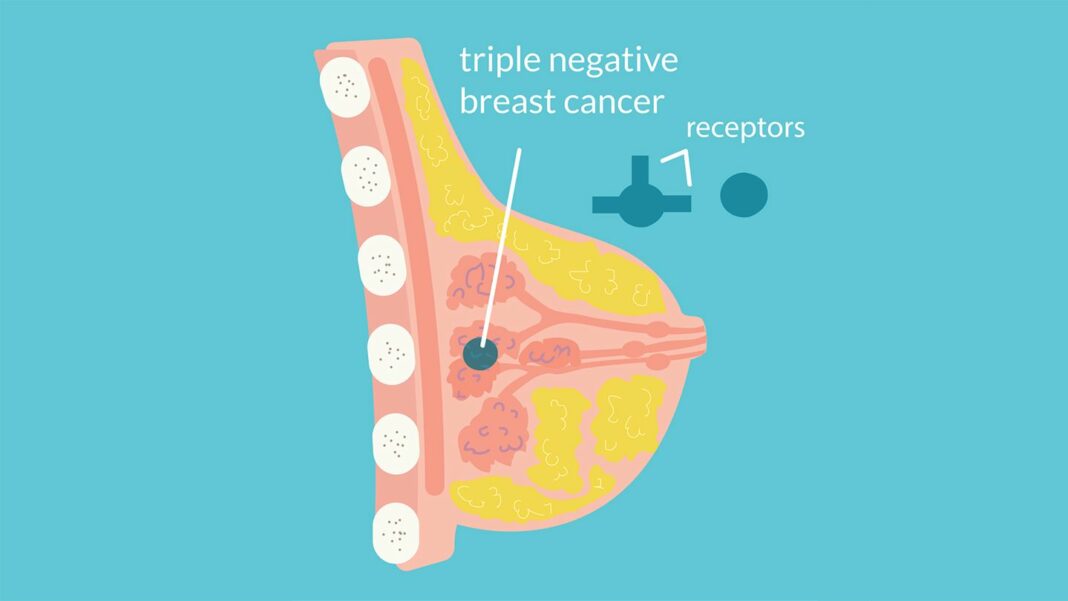What Is Triple-Negative Breast Cancer?
Triple-negative breast cancer is a type of breast cancer that lacks three specific receptors commonly found in other types of breast cancer: estrogen receptors (ER), progesterone receptors (PR), and human epidermal growth factor receptor 2 (HER2). This means that triple-negative breast cancer does not respond to hormonal therapies or medications that target the HER2 protein, making it more aggressive and harder to treat.
Causes and Risk Factors
The exact cause of triple-negative breast cancer is not known, but certain risk factors have been identified. These include a family history of breast cancer, BRCA1 gene mutations, obesity, and age. African American women and women under the age of 40 are also more likely to develop triple-negative breast cancer.
Symptoms
The symptoms of triple-negative breast cancer are similar to those of other types of breast cancer and may include a lump in the breast or underarm, changes in breast size or shape, nipple discharge, or skin changes such as redness or dimpling.
Diagnosis and Treatment
Triple-negative breast cancer is usually diagnosed through a combination of a physical exam, imaging tests such as mammograms or ultrasounds, and a biopsy. Treatment for triple-negative breast cancer often involves a combination of surgery, chemotherapy, and radiation therapy. Clinical trials may also be an option for some patients.
Prognosis
The prognosis for triple-negative breast cancer can vary depending on the stage of the cancer at diagnosis and other factors such as age and overall health. Because triple-negative breast cancer is more aggressive and harder to treat, the five-year survival rate is lower than other types of breast cancer.
Conclusion
Triple-negative breast cancer is a challenging and aggressive form of breast cancer that requires specialized treatment. Early detection and personalized treatment plans are key in improving outcomes for patients with triple-negative breast cancer. Research into new treatments and therapies for triple-negative breast cancer is ongoing, offering hope for better outcomes in the future.
FAQs
1. What are the risk factors for triple-negative breast cancer?
Some of the risk factors for triple-negative breast cancer include a family history of breast cancer, BRCA1 gene mutations, obesity, age, and being of African American descent.
2. How is triple-negative breast cancer diagnosed?
Triple-negative breast cancer is diagnosed through a combination of physical exams, imaging tests, and biopsies.
3. What are the treatment options for triple-negative breast cancer?
Treatment for triple-negative breast cancer often involves surgery, chemotherapy, and radiation therapy. Clinical trials may also be an option for some patients.
4. What is the prognosis for triple-negative breast cancer?
The prognosis for triple-negative breast cancer varies depending on the stage of the cancer at diagnosis and other factors. The five-year survival rate is lower than other types of breast cancer.




